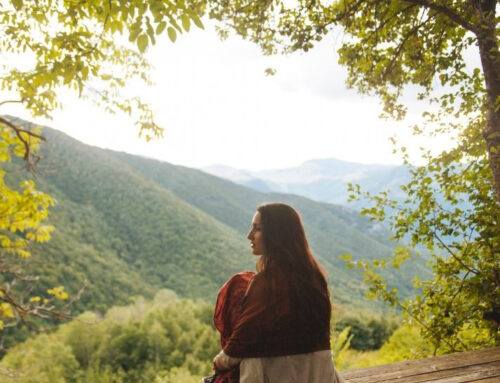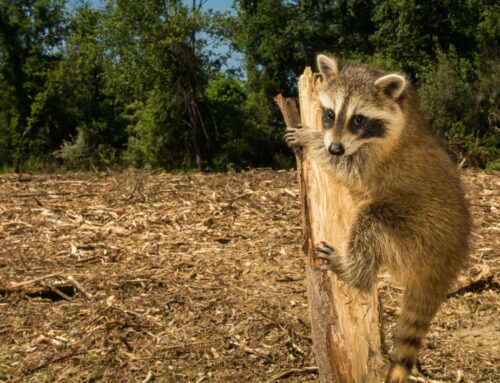 In the northern hemisphere, winter is often the harshest season of the year for wildlife. Temperatures plummet, the ground freezes, ice and snow blanket the trees and vegetation, days are shorter, and animals are forced to find food and protection wherever they can. Animals are creative survivors. However, we can also help birds and other wildlife during winter by taking some simple steps to further support their nutritional and habitat needs.
In the northern hemisphere, winter is often the harshest season of the year for wildlife. Temperatures plummet, the ground freezes, ice and snow blanket the trees and vegetation, days are shorter, and animals are forced to find food and protection wherever they can. Animals are creative survivors. However, we can also help birds and other wildlife during winter by taking some simple steps to further support their nutritional and habitat needs.
- Provide sources of unfrozen water. Like humans, animals can go days – or longer – without food. But without water, animals will quickly volume deplete. Water is the elixir of life. Unfortunately, water is often hard to find in winter as ponds freeze over, plants are in their dormant stages, and backyard bird baths have closed for the season. You can offer much needed water to visiting wildlife with heated water fountains or through regularly replenished shallow plant drip pans in your yard. Another benefit of offering water to animals is you may attract even more winter visitors to your backyard. Studies have shown animals in winter are often more attracted to water sources than food sources.
- Offer diversity with your feedings. Expanding the variety of seeds and providing high quality birdseed will not only offer better nutritional support for animals, but they will also increase the variety of birds (and other wildlife) who visit your backyard. Birds in my area love black oil sunflower seeds. However, when I mix this with the Lyric Fruit and Nut mixture, they go wild. Also, I regularly toss out healthy kitchen scraps I may have such as pumpkins, unsalted seeds and nuts, fruits, and vegetables to foraging wildlife.
- Create safe habitats for rest and protection. Birds and other wildlife, such as invertebrates, reptiles, and amphibians, all need places to sleep, rest, and find protection from predators and harsh weather. Wood piles, thickets of bushes, nesting boxes, and rock piles are examples of places where animals can roost at night and stay safe, warm, and dry.
- Leave flower heads on spent flowers. Gardening is often a balancing act between wanting an attractive garden and wanting to provide support for wildlife. Spent flowers, drooping plants, and soggy, fallen leaves may look unsightly to some and may offer hiding places for invasive weeds and non-beneficial garden pests, but they also offer invaluable food and protection to many forms of wildlife in your backyard. Each fall and winter, I keep on the spent flower heads of most non-invasive plants and remove only half the leaves in my yard (and the half I do rake up, Marty and I use as mulch).
- Plan for next season. I use the winter season as a time of refection and review. I look back at the growing season and assess what grew well, what didn’t, and why. But I also try to look for ways I can enhance the garden and backyard to create not only a beautiful garden scape, but also a welcoming and safe place for wildlife for all seasons next year.
Winter may be a time of rest for most gardeners in the northern hemisphere, but it remains a busy and critical time for wildlife. We can support our gardens – and the animals who visit and live there – by creating backyard habitats which are safe and welcoming for all seasons.








